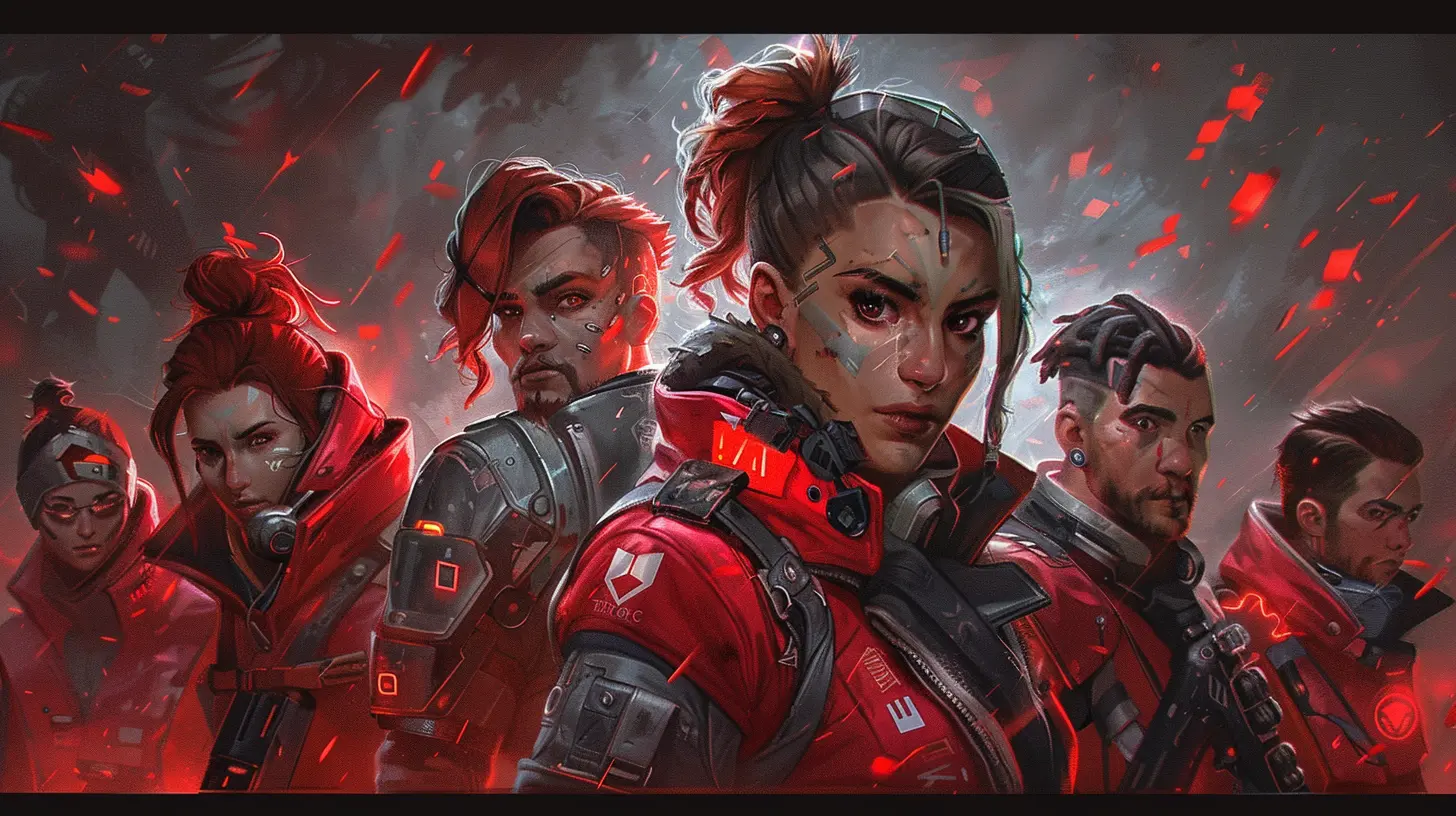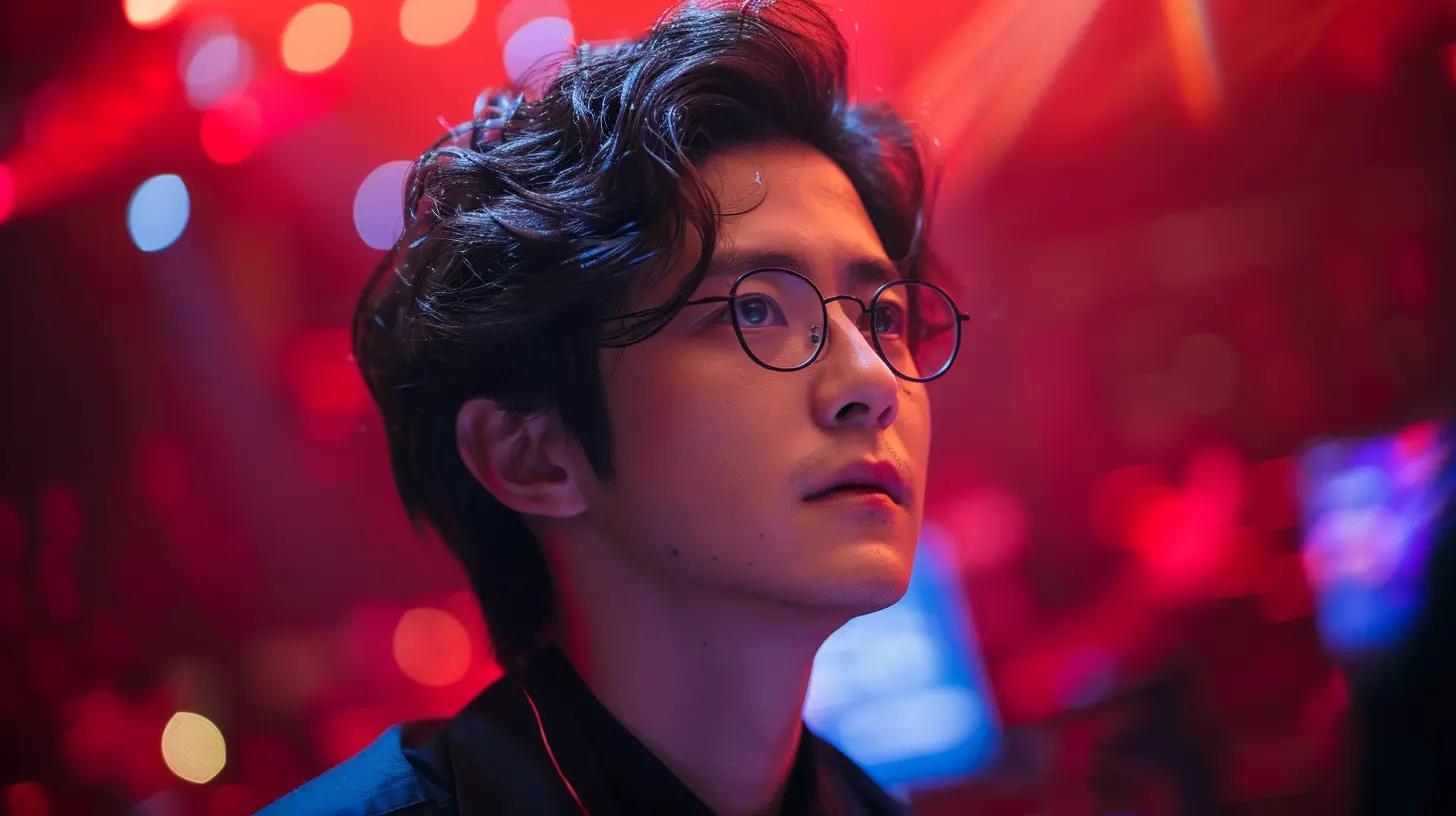The Evolution of Esports Team Branding and Merchandising
25 July 2025
Esports. What started as a niche hobby for gaming fans has turned into a global phenomenon with millions of loyal followers, multi-million dollar prize pools, and professional teams that rival traditional sports clubs in brand power. But how did we get here?
More importantly, how did team branding and merchandising become such a huge part of the esports ecosystem? Let’s break it down.

A Quick Flashback: The Early Days of Esports
Back in the early 2000s, esports was largely underground. Teams were formed by a handful of passionate players, often without sponsors, and almost always without any real business plan.Back then, branding was simple—usually just a cool-sounding name and maybe a rough-looking logo slapped together in Photoshop. Merchandise? Maybe a custom hoodie here and there, mostly for the players themselves. Nothing fancy.
But that was then. And oh boy, have things changed.

Esports Becomes a Business
As esports began to hit the mainstream, especially with the explosive rise of games like League of Legends, Dota 2, and Counter-Strike: Global Offensive, teams started to see themselves more like brands—and less like just a group of skilled gamers.Why? Because as prize pools increased and viewership skyrocketed, so did the money. Sponsors, advertisers, and investors began knocking on the door. And what do sponsors love? A strong brand they can associate with.
This shift pushed teams to think bigger: build an identity, connect with fans, and, of course, sell stuff. And thus began the golden age of branding in esports.

The Rise of Iconic Team Brands
Think of FaZe Clan, 100 Thieves, or Team Liquid. These aren't just teams anymore—they're brands with massive cultural influence.FaZe, for example, feels more like a lifestyle brand than a gaming team. They’ve got athletes, influencers, and celebrities wearing their merch. Their logo? Instantly recognizable. Their content? Top-tier.
What these teams realized early on is that you're not just selling fandom—you're selling culture.
They understood the secret sauce: people want to be part of something. And just like wearing a Lakers jersey shows you're repping your team, rocking a 100 Thieves hoodie says you're part of a tight-knit gaming tribe.

Merchandising: The Real Game-Changer
Merch isn’t just some side hustle anymore. For many esports orgs, it’s a vital revenue stream.Let’s put it this way: if you're not doing merch in 2024, are you even trying?
Here’s how merchandising in esports has evolved:
1. From Basic to Premium Quality
Gone are the days of thin, badly-printed tees. Fans expect quality. Teams now partner with top-tier manufacturers to design high-end apparel—stuff that competes with mainstream fashion brands.You’ll find limited drops, streetwear collabs, and even full fashion lines.
2. Collabs with Mainstream Brands
Remember when 100 Thieves collaborated with Gucci? Or when Fnatic teamed up with BMW for a limited capsule?These kinds of partnerships blur the lines between gaming and lifestyle, drawing in fans from both worlds and showing the clout esports now holds.
It’s not just about slapping a logo on a shirt anymore—it’s about storytelling, vision, and building hype.
3. Drop Culture and Hype Strategy
Esports teams have borrowed a page straight from the sneakerhead playbook. Limited-edition drops, countdowns, exclusive access for fans—it’s a whole vibe now.Why does it work? Because it makes merch feel like treasure. Scarcity builds demand, and fans go wild for a chance to own something exclusive.
You’re not just buying a hoodie, you’re buying social status.
Social Media: The Branding Battleground
Instagram, Twitter, TikTok, YouTube—these platforms are ground zero for team branding.This is where teams showcase personalities, build narratives, and most importantly, sell their identity.
Think about it: when FaZe posts a behind-the-scenes skate video or when 100 Thieves drops a teaser for their next clothing line, it’s not just content—it’s branding in motion.
Social media isn’t just a marketing tool anymore. It’s the stage.
Influencers and Streamers as Brand Ambassadors
Let’s not forget the power of individual personalities. Many esports teams are built around popular streamers or influencers who bring in their own fanbases.Take Nadeshot, for example. His transition from pro gamer to founder of 100 Thieves brought credibility AND charisma. His audience followed—and so did the money.
Fans trust these personalities. So when they wear merch or promote a drop, it adds authenticity and drives serious engagement.
Brand Identity: More Than Just A Cool Logo
Branding today goes way beyond logos and colors. It’s about the vibe, the values, the community.Great esports brands stand for something:
- FaZe Clan gives off street-savvy rebellious energy.
- 100 Thieves blends sleek fashion with chill California vibes.
- G2 Esports leans into humor, chaos, and high-level play.
When fans connect with a team's identity, they stick around. And when they stick around, they buy. Simple.
Localized and Global Branding
Some orgs focus on building strong local identities—like Seoul Dynasty tapping into Korean pride, or London Spitfire representing the UK.Others go fully global, appealing to international audiences. Cloud9, for example, has fans from all over the planet.
Smart teams even run separate social media accounts for different regions, offer localized merch, and create content tailored to varied cultures.
It's not just about being everywhere—it's about being relatable wherever you are.
NFTs, Digital Merch, and the Metaverse
Esports teams aren’t just sticking to physical merch. They’re stepping into the digital realm, too.NFTs, in-game items, virtual jerseys—all of these are helping teams monetize in new ways. Drops of limited digital collectibles, exclusive player skins, and metaverse events are redefining what “merch” even means.
It’s futuristic? Sure. But it’s also smart. Digital goods have insane margins and global reach with zero shipping hassle.
Challenges in Team Branding and Merch
Of course, it’s not always smooth sailing.1. Oversaturation
With so many teams dropping merch, how do you stand out? If everyone’s doing limited drops, collabs, and teased releases, fans might get overwhelmed.Teams need to constantly innovate to keep the hype alive.
2. Authenticity Matters
If your branding feels forced or fake, fans will call you out. Gamers are smart. They see through corporate fluff.That’s why storytelling, genuine personalities, and real community engagement matter more than ever.
3. Balancing Esports and Lifestyle
Some fans just want to support their favorite team. Others are into the fashion. Striking the balance between gaming and lifestyle is tricky—but essential.Go too far in one direction, and you risk alienating part of your audience.
The Future of Esports Branding and Merchandising
So, what’s next?Expect esports branding to continue blending with mainstream culture. We’re going to see more Hollywood-level content from teams, more elite fashion collabs, bigger influencer pushes, and probably even more wild moves into the digital/metaverse space.
We’ll also likely see the rise of player-focused merch drops—think NBA jersey-level personalization.
And as esports continues to grow, expect teams to operate more like full-blown entertainment companies than just competitive squads.
Final Thoughts
The evolution of esports team branding and merchandising is nothing short of amazing.We’ve gone from pixelated logos and bootleg tees to multi-platform global brands with fans wearing their logos like badges of honor.
And honestly? We’re just getting started.
Esports teams today are cultural forces, blending gaming, fashion, lifestyle, and digital innovation into something truly unique. So whether you’re just a casual viewer or a die-hard fan rocking merch from head to toe, one thing’s for sure—the game has changed.
And if your squad doesn’t have fire branding? Well, they might just be playing catch-up.
all images in this post were generated using AI tools
Category:
Esports TeamsAuthor:

Lucy Ross
Discussion
rate this article
1 comments
Luella Hahn
Great read! It's fascinating to see how esports team branding has evolved—like leveling up in a game! 🎮 The creativity in merchandising is truly inspiring. Can't wait to see where this journey takes us next! Keep up the awesome work!
August 7, 2025 at 3:45 AM

Lucy Ross
Thank you! I'm glad you enjoyed it. The evolution of esports branding is indeed exciting, and there’s so much potential ahead! 🎮✨


